It’s sad but true – pesticides are everywhere, even on our organic produce.
While buying organic (and knowing your farmer) is always best, there’s still a chance you’ll have some nasty chemicals on your produce. And unfortunately, a quick rinse under the faucet isn’t doing you much.
Luckily, there’s two great – and affordable – methods for removing pesticides from your fruits and veggies: baking soda and ozone. Both are backed by science and can help make your food a lot safer to eat. Here’s how to use ozone and baking soda to remove pesticides from your produce.
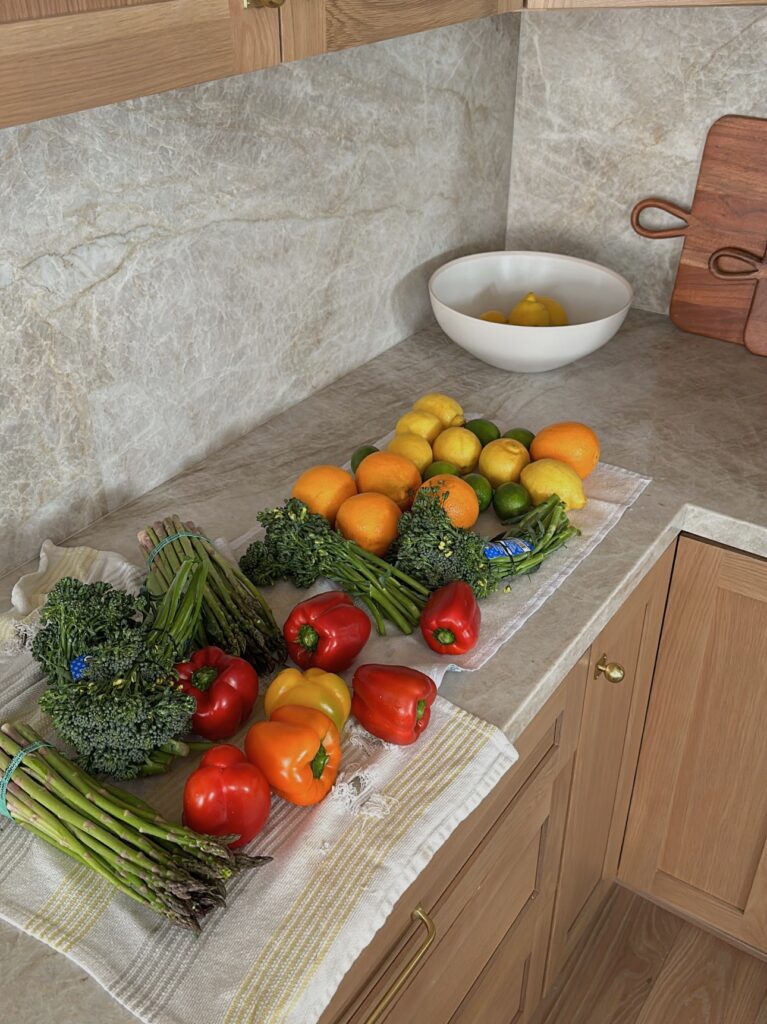
Why It’s Important to Remove Pesticide Residue
Let’s start with why you should care about pesticide residue in the first place. Pesticides are chemicals used to keep bugs, weeds, and diseases from damaging crops. While the idea seems great in theory, these pesticides also kill off the microorganisms in the soil around the crop – the organisms and necessary “life force” that keeps our soil alive.
This is a huge problem with conventional farming in the US, especially since 98.5% of farmed land uses industrial pesticides for farming the foods we eat daily. Even if a farm uses regenerative or organic practices, pesticides from neighboring land can easily leach into the soil and can end up on the “organic” produce we eat. And while washing with water might remove some of contamination, it often leaves pesticides behind.
Health Risks of Pesticides
Eating pesticides may not make you sick right away, but emerging evidence is showing that long-term exposure has been linked to several health problems. Here are a few key concerns:
- Gut Health Issues: Pesticides can mess with your gut microbiome, which is the good bacteria that help with digestion and overall health. When the balance of your gut is off, it can lead to problems like irritable bowel syndrome (IBS) or even more serious conditions like leaky gut. Leaky gut happens when your intestinal lining is weakened, allowing harmful substances to pass into your bloodstream, causing inflammation and other issues. This can show up as food sensitivities or autoimmune problems.
- Autism Spectrum Disorder (ASD): Some studies suggest that pesticide exposure during pregnancy may increase the risk of autism in children. The chemicals in pesticides can interfere with brain development, leading to potential cognitive and developmental issues.
- Hormonal Disruption: Pesticides like glyphosate, which is widely used on crops, can disrupt your hormones. These chemicals mimic or block natural hormones in your body, leading to issues like thyroid dysfunction, reproductive problems, sterility, and even developmental delays in children.
- Cancer Risks: Over time, exposure to pesticides has been linked to a higher risk of several types of cancer, including lymphoma, leukemia, and breast cancer. These chemicals can damage DNA or interfere with cell growth, making it harder for your body to fight off disease.
With all these potential risks, taking the time to clean your produce properly is a small but important step toward protecting your health. Let’s look at two effective ways to do that.
Method 1: Using Baking Soda to Remove Pesticide Residue
Baking soda, (sodium bicarbonate) is a common household item that has been used for generations to clean produce. Recent studies have confirmed that this simple ingredient can be highly effective at breaking down and removing pesticide residues from food surfaces.
How Baking Soda Works
Baking soda works by neutralizing acids and breaking down pesticide molecules. Its mildly alkaline properties help dissolve the chemical compounds found in pesticides, making them easier to wash away. When combined with water, baking soda creates an abrasive environment that disrupts the structure of many pesticide residues, rendering them less harmful or flushing them away entirely.
Effectiveness of Baking Soda on Pesticides
A study conducted by the University of Massachusetts found that soaking apples in a baking soda solution for 15 minutes removed up to 96% of pesticide residues from the surface of the fruit. This is significantly more effective than rinsing produce with plain water or using vinegar, which is often recommended as an alternative cleaning solution. Baking soda is especially effective at removing surface-level pesticides but may not penetrate deep into the peel or skin of the produce.
How to Use Baking Soda to Remove Pesticides
To effectively clean your produce using baking soda, follow these simple steps:
- Fill a large bowl or basin with water (filtered water if possible.)
- Add 1-2 teaspoons of baking soda to the water and stir until fully dissolved.
- Submerge your fruits and vegetables in the solution, making sure they are fully covered.
- Let the produce soak for 10-15 minutes.
- Gently scrub the surface of harder produce (such as apples or cucumbers) with a soft brush.
- Rinse the produce thoroughly under cold running water to remove any remaining baking soda and pesticide residue.
This method works well for both soft and hard produce, including leafy greens, apples, berries, and root vegetables.
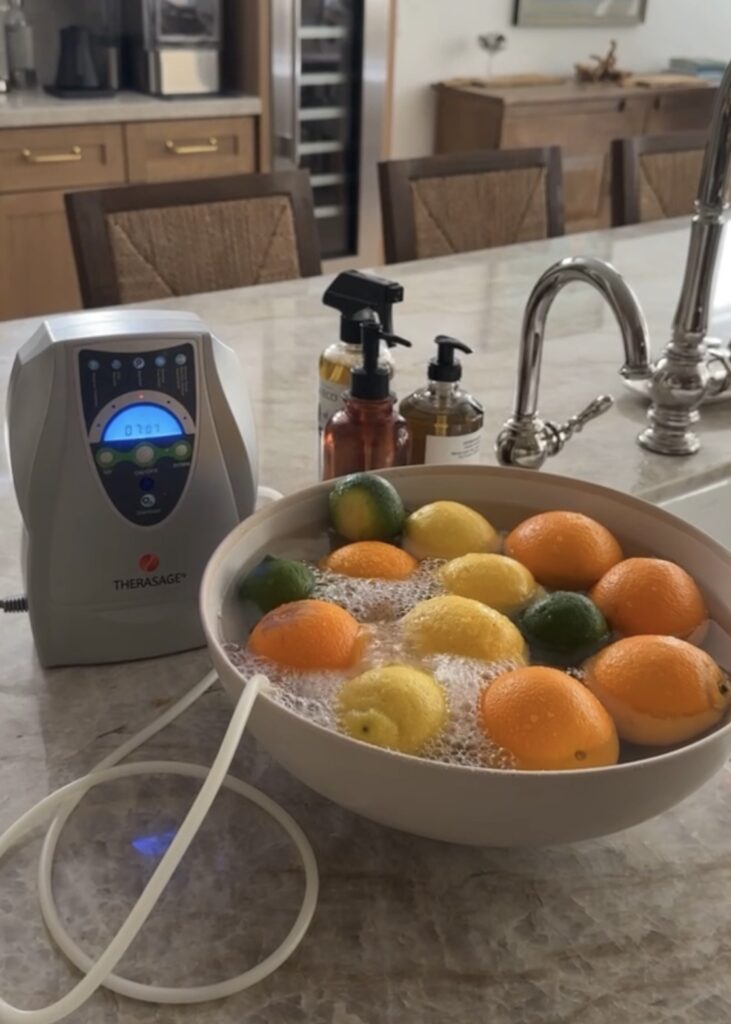
Method 2: Using an Ozone Bubbler to Remove Pesticide Residue
Ozone, a powerful oxidizing agent, is another highly effective method for cleaning produce. Ozone works by breaking down pesticide molecules through oxidation, neutralizing them in the process. Ozone bubblers are devices that generate ozone gas and bubble it through water, creating a powerful cleaning solution.
How Ozone Bubbler Technology Works
Ozone (O3) is a naturally occurring gas composed of three oxygen atoms. When introduced into water, ozone acts as a powerful oxidant, attacking the molecular structure of pesticides and other contaminants. This process renders many pesticide residues inert and easy to remove.
Unlike traditional washing methods, ozone cleaning doesn’t just rely on physically scrubbing or rinsing away contaminants. The oxidation process actually alters the chemical composition of pesticides, effectively neutralizing them.
Effectiveness of Ozone Cleaning
Research has demonstrated that ozone can effectively remove up to 99% of pesticide residues from a variety of fruits and vegetables. In addition to its ability to eliminate pesticides, ozone also has antimicrobial properties, making it effective at reducing bacteria, mold, and other pathogens that may be present on produce. This makes ozone a great option for produce that tends to get moldy quickly, like berries and citrus.
How to Use an Ozone Bubbler
Ozone bubbling is ideal for cleaning delicate produce like leafy greens, berries, and softer fruits, but it can also be used for harder items such as potatoes, carrots, and citrus fruits.
Using an ozone bubbler is a straightforward process:
- Fill a large container or sink with water. Use filtered water if you have it.
- Submerge your produce in the water, ensuring all surfaces are covered.
- Anchor the ozone bubbler hose to the water (there’s usually a weight at the end of the hose to keep it in there) and allow it to run for the recommended amount of time – usually anywhere between 8-15 minutes depending on the manufacturer’s recommendations.
- After the cleaning cycle, remove the produce and let it air dry or lightly pat down with a paper towel to remove excess water.
Comparing Baking Soda and Ozone: Which is Better?
Both baking soda and ozone bubblers are effective at removing pesticide residues from produce, but each method has its own advantages and limitations.
- Cost and Convenience: Baking soda is an inexpensive and widely available solution, making it accessible for most households. Ozone bubblers, on the other hand, require an initial investment in equipment, which can be cost-prohibitive for some people.
- Effectiveness: While baking soda can remove up to 96% of pesticide residues, ozone bubblers are slightly more effective, with removal rates approaching 99%. However, both methods offer substantial reductions in harmful chemicals compared to traditional water rinsing.
- Produce Type: Baking soda is well-suited for hardier produce like apples, cucumbers, and root vegetables, whereas ozone bubblers excel at cleaning delicate items like berries and leafy greens.
- Environmental Impact: Ozone is a natural, environmentally friendly oxidizer, while baking soda is a more sustainable and non-toxic cleaning agent. Both methods are eco-friendly alternatives to harsh chemical cleaners.
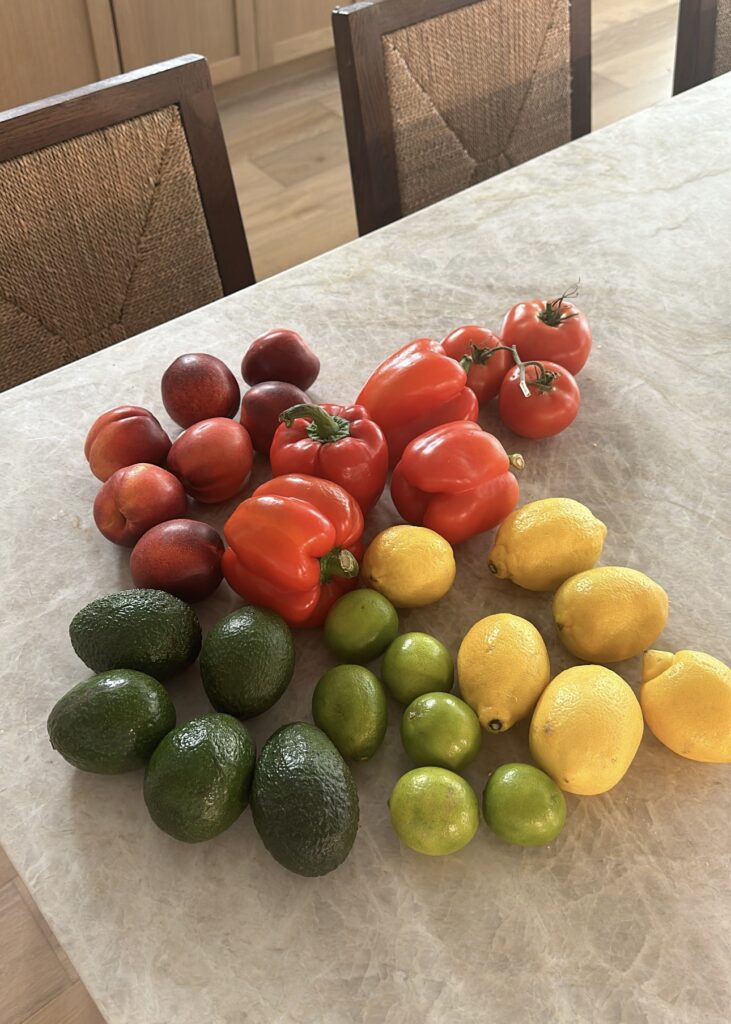
Additional Tips for Cleaning Produce
- Wash Produce Immediately Before Eating: Washing produce too early can lead to quicker spoilage, especially for more delicate vegetables and greens.
- Remove Outer Leaves: For vegetables like lettuce, cabbage, and kale, removing the outermost leaves can help reduce your exposure to pesticides.
- Peeling: If you are still concerned about pesticide residues, peeling fruits and vegetables can offer an additional layer of protection. However, keep in mind that many nutrients are found in the skin, so this method should be used sparingly.
Cleaning produce is a simple yet essential step in protecting your health from the potential risks of pesticide exposure. By using baking soda or an ozone bubbler, you can significantly reduce the amount of pesticide residue on your fruits and vegetables. While both methods are effective, the choice between them depends on your preferences, budget, and the type of produce you are cleaning.
Making these cleaning methods a regular part of your food preparation routine can help safeguard your health, improve gut integrity, and lower the risk of long-term health issues like autism, endocrine disruption, and cancer. With a little extra effort, you can enjoy your favorite fruits and vegetables with peace of mind, knowing that you’re minimizing harmful chemicals in your diet.
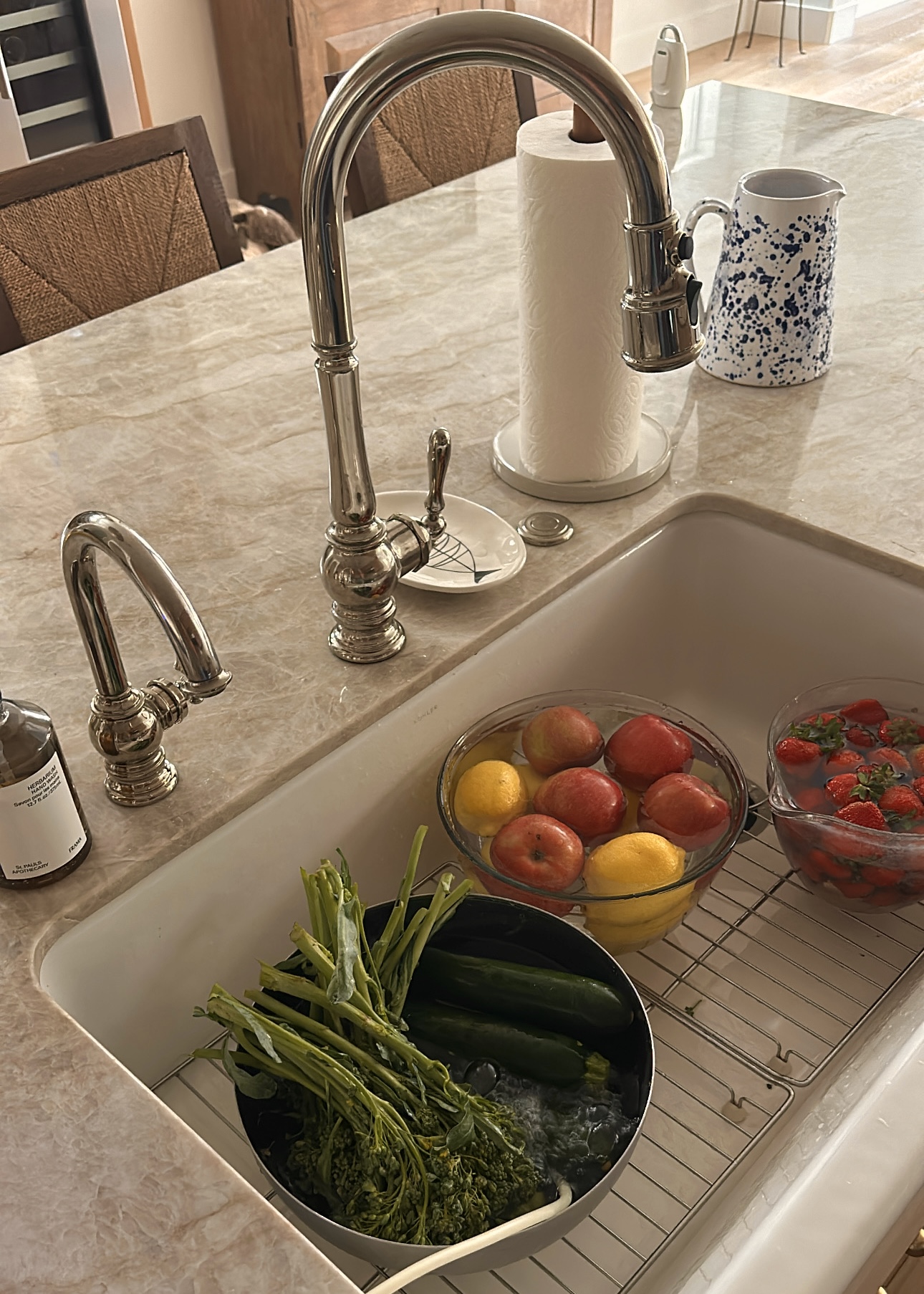


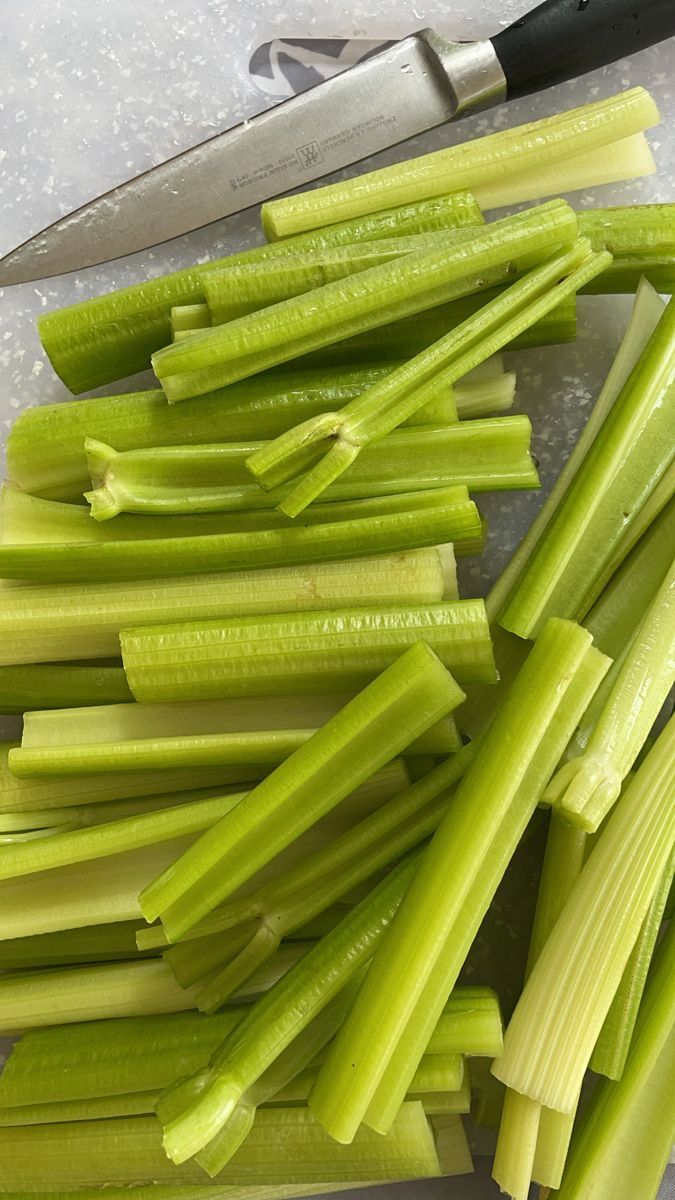
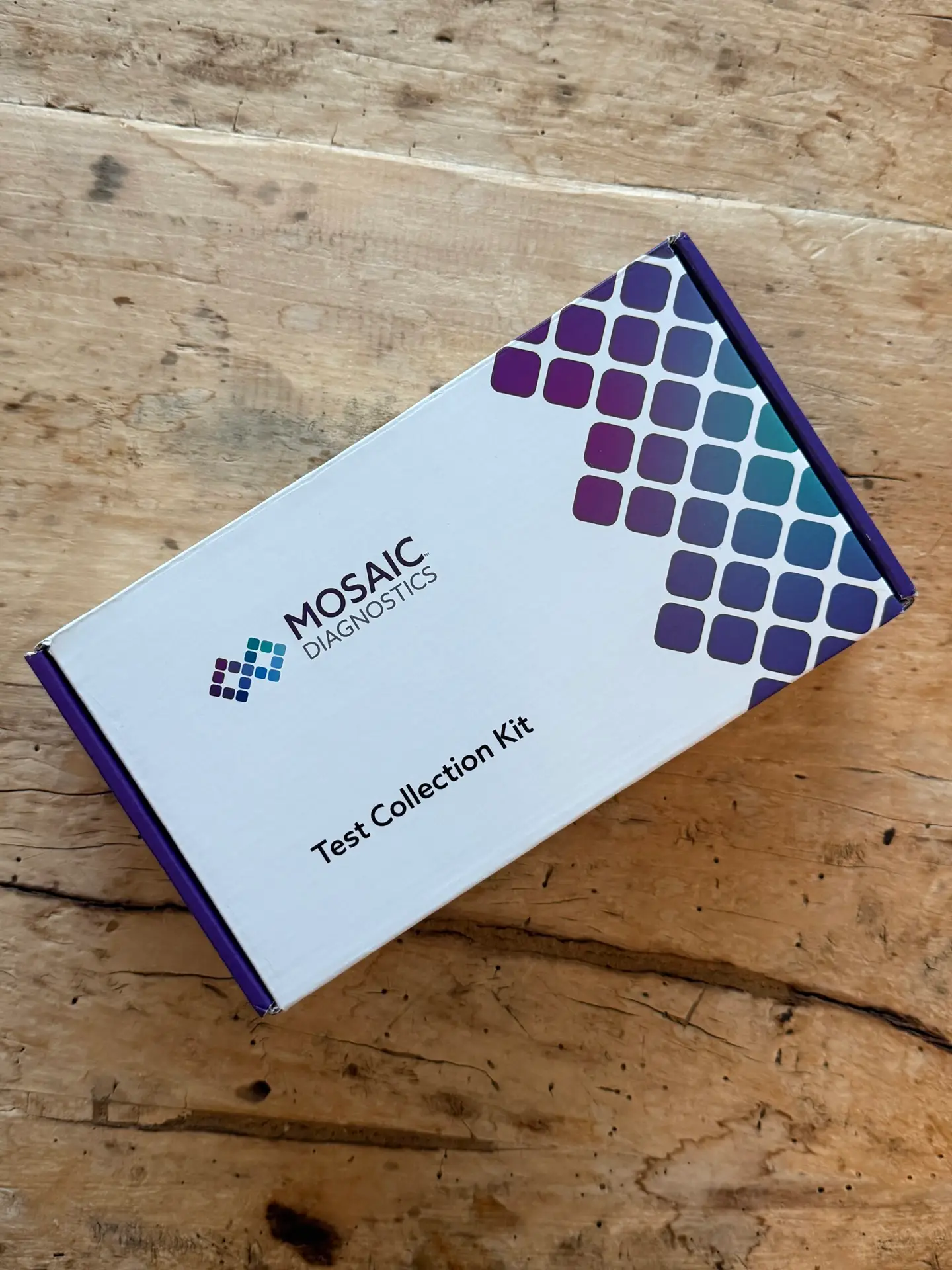


Comments +